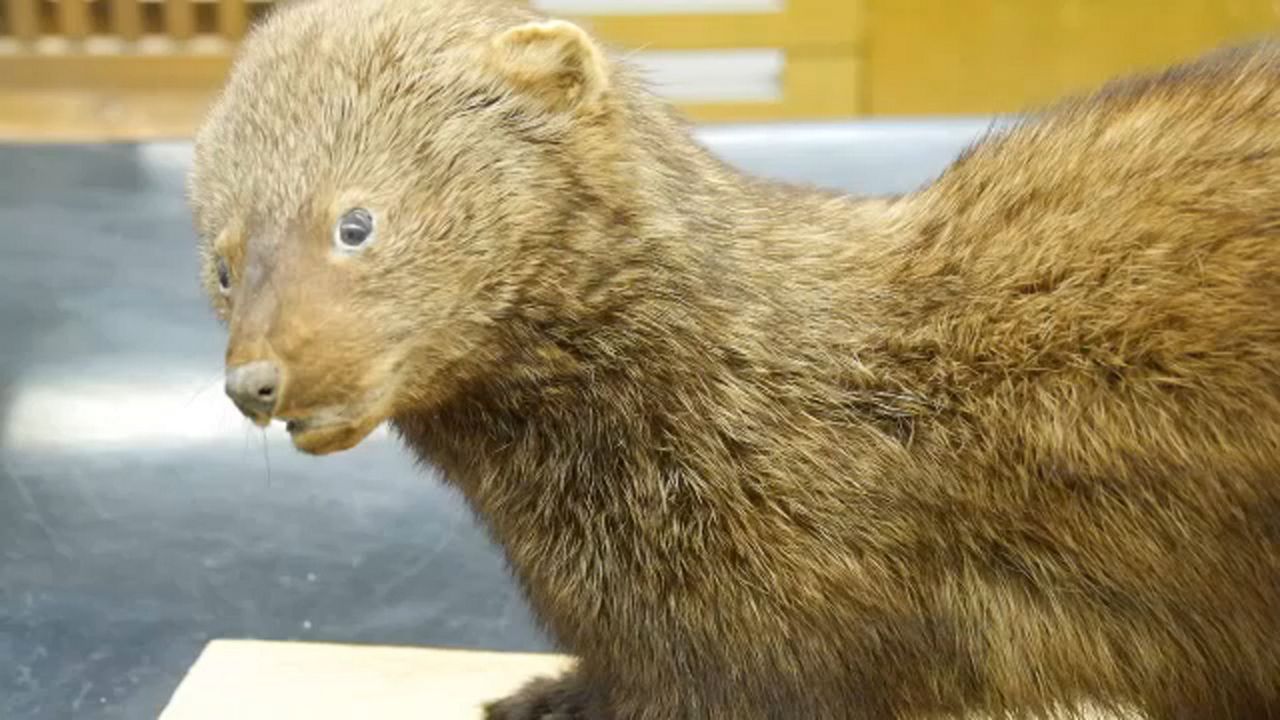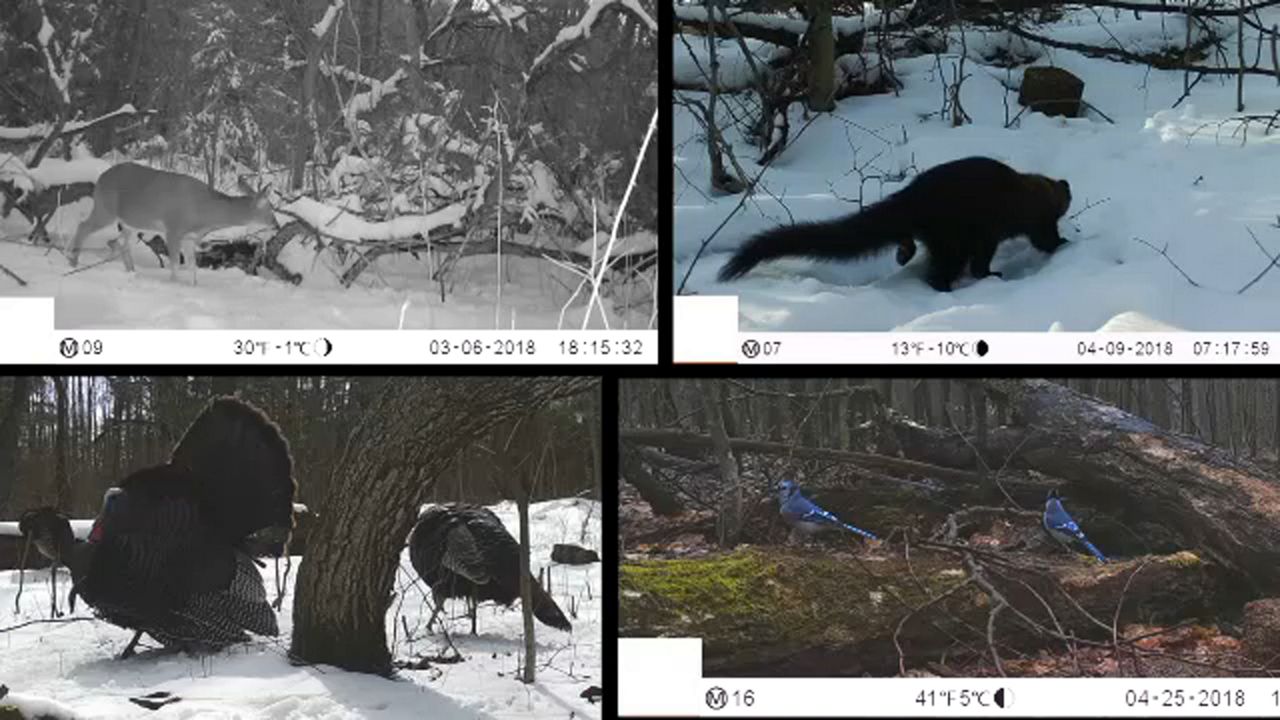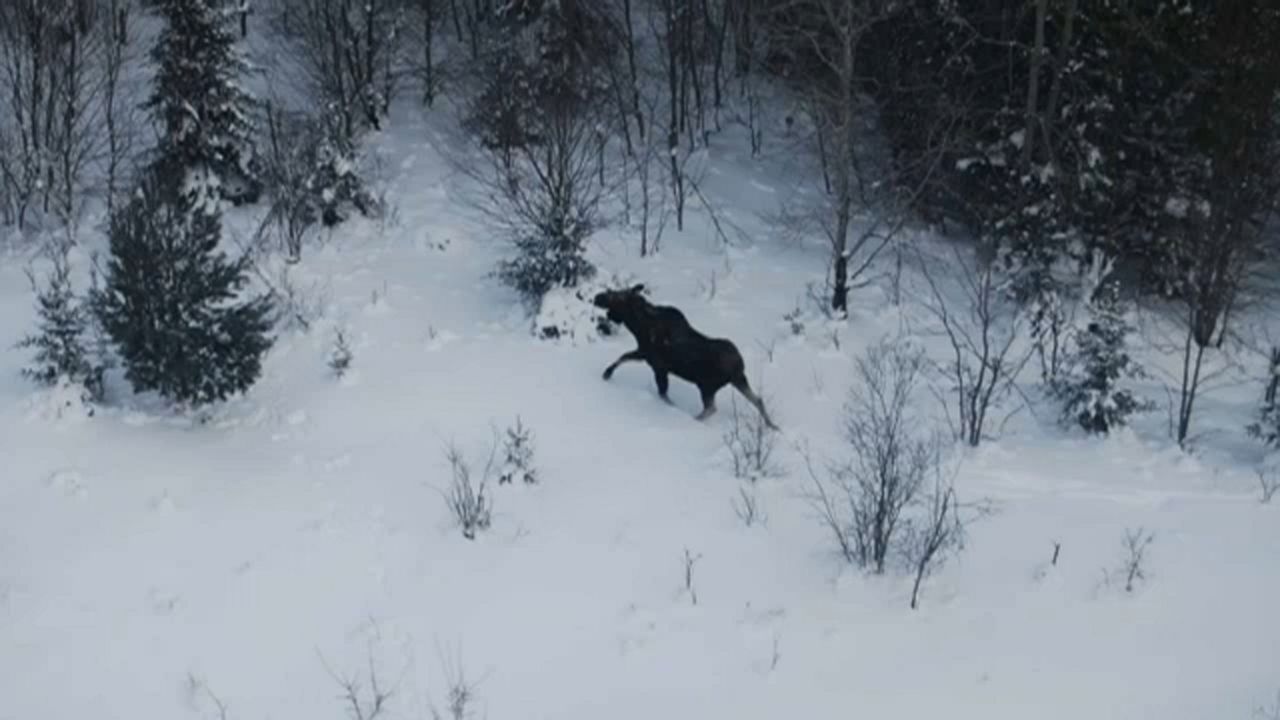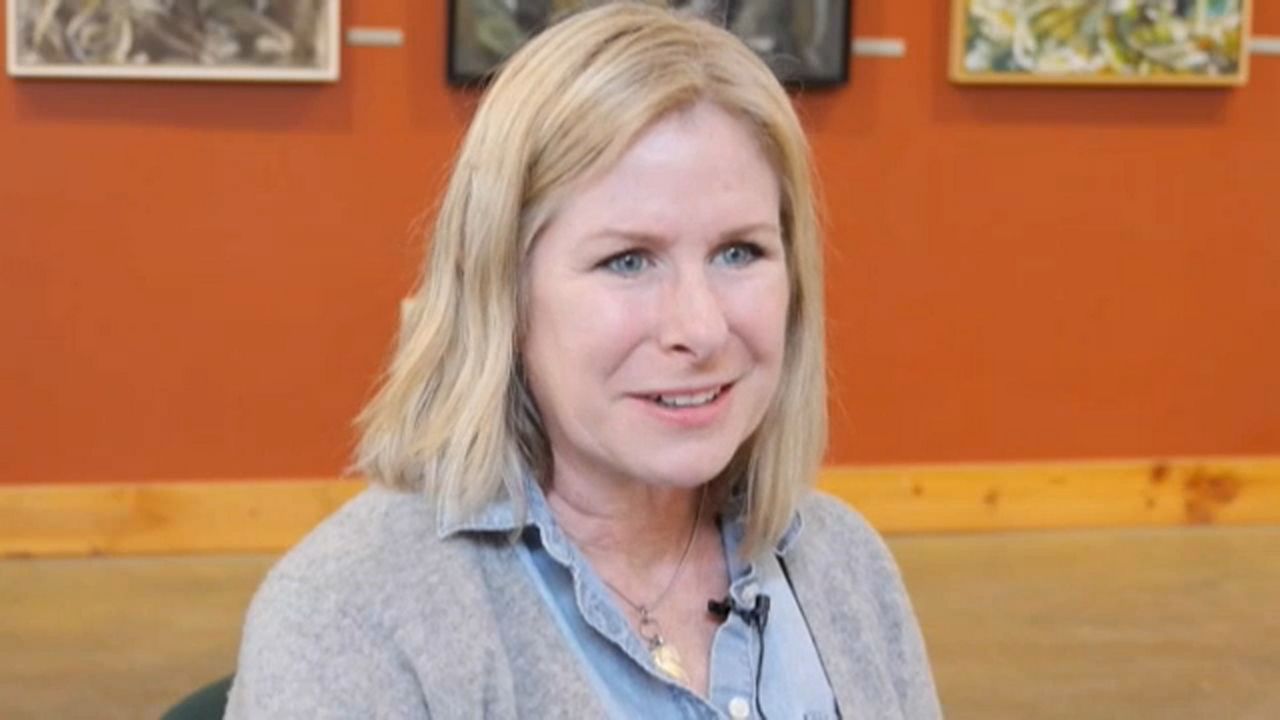Good forest management requires removing older forest to make way for new growth.
A healthy ecosystem should have a multitude of forest— at least in the Northeast— to make it functional, resistant to disease, and have a high level of biodiversity.
Dr. Amanda Cheeseman says shrub land habitats or young forests have been declining for 50 or 60 years because people don’t understand the need to remove older forests.
"There’s been a lot of backlash toward managing for it which is unfortunate because there is something like 100 vertebrate species that use these forests and a number of them rely on it pretty heavily," Cheeseman said.
However, a project called "Canid Camera" in Rockland and Putnam counties is changing attitudes toward young forests. It allows people to see pictures of the wildlife online.
"It seemed like a really good chance to get the public engaged and seeing the kinds of wildlife that are in these forests," Cheeseman added. "They’re not these degraded forests that people have been perceiving them but they’re actually really diverse."
Sixty motion-activated cameras have collected more than 300,000 pictures of Hudson Valley wildlife and people can go online to help identify the wildlife.
"[It's] a chance for us to get our data processed in a reasonable amount of time so we can make these conclusions and inform managers of the best ways to manage for these thriving forests," Cheeseman said.
People from all over the world participate in Canid Camera and help tag the photos.
Spectrum News looks at ways to support the environment and
live a more eco-friendly life. Going Green is produced in cooperation
with the College of Environmental Science and Forestry.









